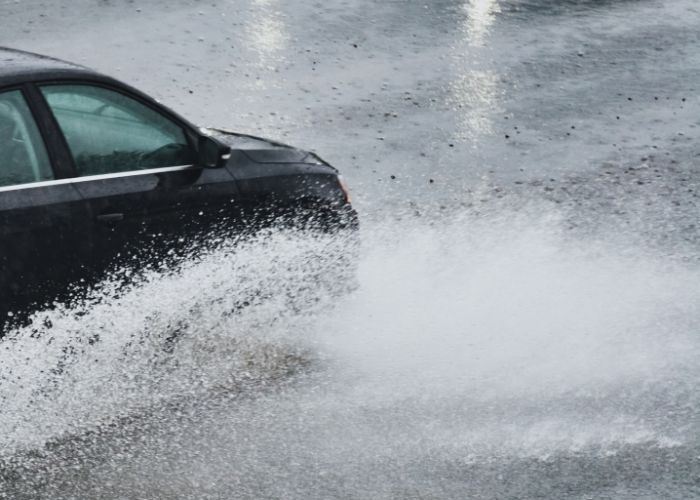MADRID – Finally, it is raining in parts of Spain that desperately need it. However, because the rain is so heavy, it has meant flooding and countless other problems. However, the positive side is that the drought situation has been somewhat alleviated with increased water reserves.
The Spanish reservoirs are on average at 35.7% of their total capacity. That includes the 1.4% as a result of the rainfall in recent days. This is stated in the latest Hydrological Bulletin, the weekly report published by the Ministry for the Ecological Transition and Demographic Challenge (Miteco). However, the water reserve has still not been this low since 1995 on these dates.
Third driest hydrological year for at least 60 years
The 2021-2022 hydrological year ended as the third driest since records began 60 years ago in Spain. The total rainfall is 30% below normal values. The new hydrological year started on October 1 and until December 6, rainfall was 25% less than normal, according to data from the Spanish weather agency (Aemet).
The river basins with the most precipitation
In the past week, the rainfall has mainly hit the southern half of Spain. The maximum amount of precipitation was 36.6 litres per square metre in Huelva. However, it hardly rained in the north of Spain.
The hydrographic basins with the best condition are those of Tinto, Odiel and Piedras (Andalucian Mediterranean Basin) with 79% of their capacity, Eastern Cantabrian (69.9%), Coast of Galicia (64.3%), Basque Country Internal Basins (61.9%) and Western Cantabrian (56.5%).
Almost 7.5 times more rain in Andalucian Mediterranean
If these amounts are compared to the normal percentage for that week, the Andalucian Mediterranean received almost 7.5 times more rain than normal (747.8%), while the Guadiana basin received the most rainfall at 532.8%.
The areas most affected by drought
Most of the peninsula’s basins are well below their usual level at this time of year. The driest at the moment are those of the Guadalquivir (19.3%), Guadalete-Barbate (22.9%), Guadiana (24.7%) and Safe (32.4%).
70% of hydrographic basins have high or severe water stress
In general, the level of dammed water in Spain is at minimum levels compared to the past ten years. This exposes the population to situations of water scarcity. According to Greenpeace, 70% of hydrographic basins in Spain have high or severe water stress.
Related post: Spain could turn into a desert landscape this century
Despite the general increase in water reserves over the past eight weeks, “over the past 12 months – from December 2021 to November 2022 – 481 litres per square metre have fallen in Spain. That is 25% less than the normal average,” confirms Aemet’s spokesperson, Rubén del Campo.
To be without a precipitation deficit by the end of May 2023, “an average of 160 litres per square metre more must fall across Spain between this winter and next spring,” says del Campo.
Data from reservoirs for human consumption
Reservoirs intended for human consumption and agriculture were 30.5% full on Tuesday. That is an increase of 1.4% compared to last week. Moreover, that is an increase in reserve levels not seen since the last week of March. Spain experienced a spring with more intense rain than usual.
Lowest water reserve level for almost 30 years
Yet we are currently seeing the lowest level of water resources in Spain for almost three decades. In addition, the level is almost seven points lower than on the same date last year (37%) and is a long way from the average level of the last ten years of 49%.
Related post: Spain faces a “fundamental challenge” over the climate crisis


